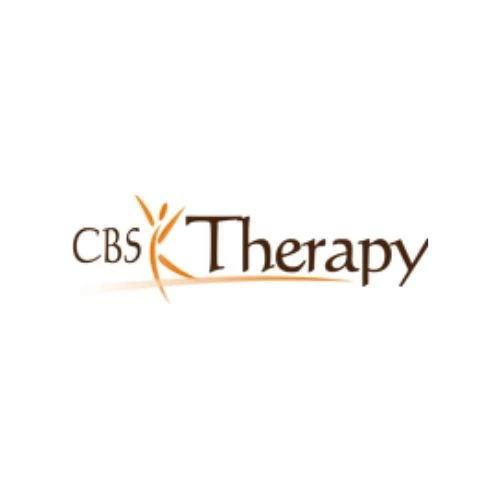Tracking student progress is one of the most crucial components of a child’s journey in special education. Data collection allows us to provide children with the best possible interventions and actions that impact their education. Special educators, occupational therapy, physical, speech-language Pathology, and behavior therapists all use SMART goals as an efficient way to support intervention planning and data collection. SMART is an acronym that stands for specific, measurable, attainable, relevant, and time-bound. The SMART template provides a consistent structure for goal writing. They are widely recognized in education and help professionals ensure that the goal includes all necessary components.
S: Specific
Educators should write goals with definitive criteria. Break down anything that might be considered vague. ‘Play-group’ could be described more specifically as ‘a teacher-facilitated recess group with five same-age peers.’ If the child has to switch school districts without notice, the new educators should easily distinguish all the goal criteria. Don’t forget to include any adaptive equipment, modifications, or cues that the student will use to meet their target.
M: Measurable
This part of the goal reveals the intended outcome and helps track progress. To improve a goal, add one specific behavior that an educator can measure. For example, “Hakim will initiate three social interactions with peers, as measured by teacher data collection” rather than “Hakim will participate in a play group.” Be sure to include who will collect the data or if there will be an observation period, retesting, or portfolio collection.
A: Attainable
When a child qualifies for special education or transitions into a program, they undergo a thorough evaluation. The evaluation should contain the child’s present levels of educational performance. Use this information to create goals that are attainable within the term of the IEP. If a child is currently speaking with one-word responses, it is unrealistic to expect them to use an average of six words per sentence within a year. Use their present levels along with your clinical reasoning to determine what an attainable goal is.
R: Relevant
Does the goal fit into the context of the child accessing their education? Does it make sense given the child’s individual learning profile and needs? If it is unclear, try using vocabulary that ties the goal back to the student’s educational needs. If it still doesn’t fit, consider what the team wants to prioritize to ensure that the goal is relevant.
T: Time-bound
The goal should be attainable within the timeframe of the IEP. An IEP is typically valid for one year. However, if a related service gets added to the plan mid-year, the specialist will create goals for a shorter time. To ensure that you are using the correct timeframe, look for the next annual IEP date and write it into the goals. Refer back to this part of the goal to check that the target is attainable.
Do your goals pass the SMART test? Try using this easy acronym to structure your goals and use the results to track progress more clearly.


